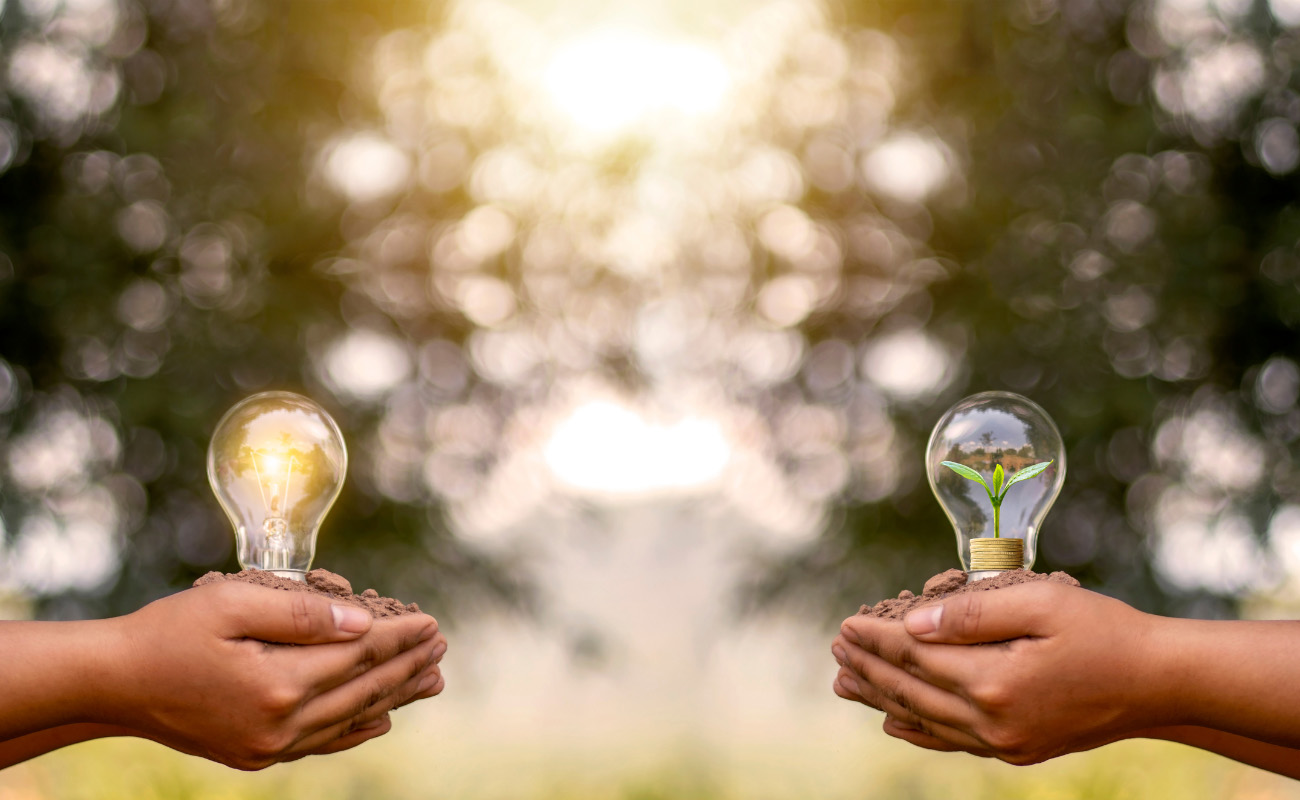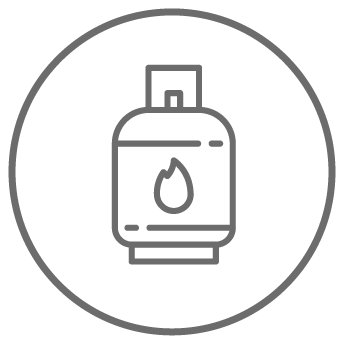Solar energy and CO2 to produce "clean" hydrocarbons

A pilot plant working to obtain alternative fuels to fossil fuels has sprung up in Finland, relying on solar energy, CO2 captured from the air, and hydrogen derived from chemical reactions of various kinds. This is intended to replace traditional fossil resources for energy production.
The Soletair project started back in 2016, and to date it makes 200 liters of fuel by a clean synthesis process and using alternative hydrocarbons. The basic module of the plant is the size of a ship container and allows for flexible and decentralized storage of 80 liters of fuel.
Three main units complement this:
- DAC, Direct Air Capture, which enables the capture of CO2 previously emitted into the atmosphere
- A unit to produce hydrogen by electrolysis and powered by a 206 kWp photovoltaic array, installed on the university campus
- A chemical micro-reactor developed by KIT and then extended by German start-up Ineratec: a Mobile Synthesis Unit (MOBSU) that can combine CO2 and hydrogen to generate synthetic fuels of various types, from natural gas to diesel and kerosene
The scientists' idea is that a closed loop can be achieved with regard to pollutant emissions, using the surplus of renewable energy to power the entire plant and withdrawing with DAC systems the CO2 emitted into the atmosphere from synthetic fuels combusted in vehicle, ship and aircraft engines.
Our real challenge - Sustainable hydrocarbons
The goal of the project is to obtain sustainable, non-fossil hydrocarbons, using CO2 captured in the air moreover, and hydrogen to give rise to chemical reactions that do not emit pollutants and even help reduce the greenhouse effect.
The prospect is to make clean hydrocarbons an integral part of the energy transition, although as of today there remain some kinks to be worked out:
- Produce and commercialize clean hydrocarbons on a large scale at competitive costs;
- Convincing investors of the feasibility of the project, which represents a winning bet for a green transportation future
PNRR and clean hydrocarbons – The Italian challenge
In Italy, the guidelines for the Italian hydrogen strategy have been defined and the cornerstones include: 2% penetration, 8 million tons of CO2 emitted, about 5 GW installed, employment spin-offs with 200,000 temporary and 10,000 permanent jobs, up to 10 billion euros in investment, up to 27 billion in GDP contribution.
However, hydrogen and clean hydrocarbons come at a significant cost, which is why 18.2 billion euros of the NRP has been earmarked for renewable energy, hydrogen and sustainable mobility. Meanwhile, a project has already been launched to create Italy's first Hydrogen Valley at the Enea Casaccia Research Center, just outside Rome. A set of hi-tech infrastructures for research and experimentation along the entire hydrogen supply chain: from production to distribution, from storage to use as a raw material for the production of clean fuels and as an energy carrier, to reduce CO2 emissions in industry, mobility, power generation and residential use.
While waiting for clean hydrocarbons to also be produced in Italy following the example of Finland, you can count on Settala Gas for the supply of high-purity hydrocarbon gas for industrial use. Contact us for more information!




